wamguy89
TPF Noob!
- Joined
- Mar 28, 2009
- Messages
- 39
- Reaction score
- 0
- Can others edit my Photos
- Photos NOT OK to edit
Hi, everyone. I was wondering if there were any reasons not to increase the sharpness and saturation levels on the menu of my camera (Canon Rebel Xsi).
For those who don't understand what I'm talking about: Under Picture Style - where you select "Standard," Portrait," "Landscape," etc. - for each style there are several options with bars which you can increase or decrease, two of which are sharpness and saturation.
Thanks for your help!
For those who don't understand what I'm talking about: Under Picture Style - where you select "Standard," Portrait," "Landscape," etc. - for each style there are several options with bars which you can increase or decrease, two of which are sharpness and saturation.
Thanks for your help!


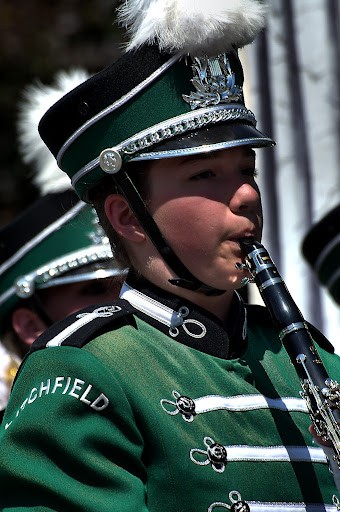
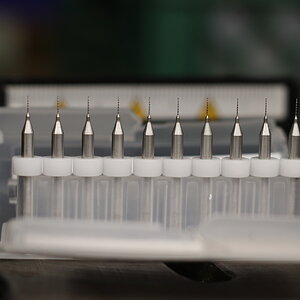

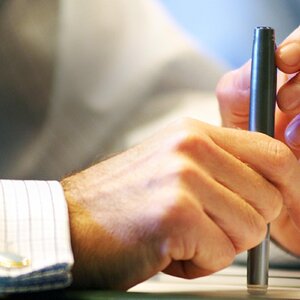
![[No title]](/data/xfmg/thumbnail/37/37114-2bba6b6cc4df1fe53588503fb35af8dd.jpg?1619737883)
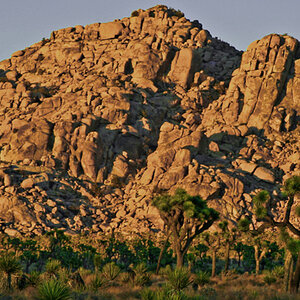
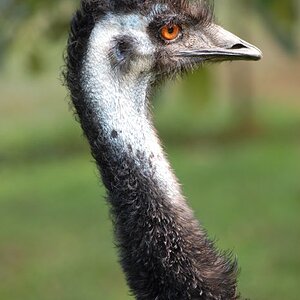
![[No title]](/data/xfmg/thumbnail/37/37117-26c892e756b53ed0359fa90b7ebd99c9.jpg?1619737883)
![[No title]](/data/xfmg/thumbnail/1/1592-cfae4a7ea791f96c6e2d03484be2e454.jpg?1619729144)
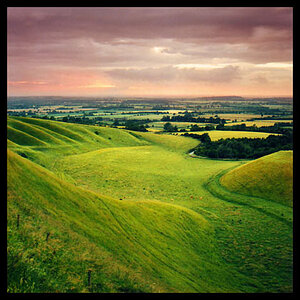
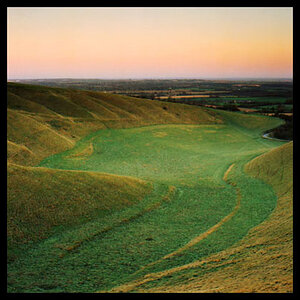
![[No title]](/data/xfmg/thumbnail/37/37133-3388fda4190cd07dbd7950af7b6ca646.jpg?1619737884)
